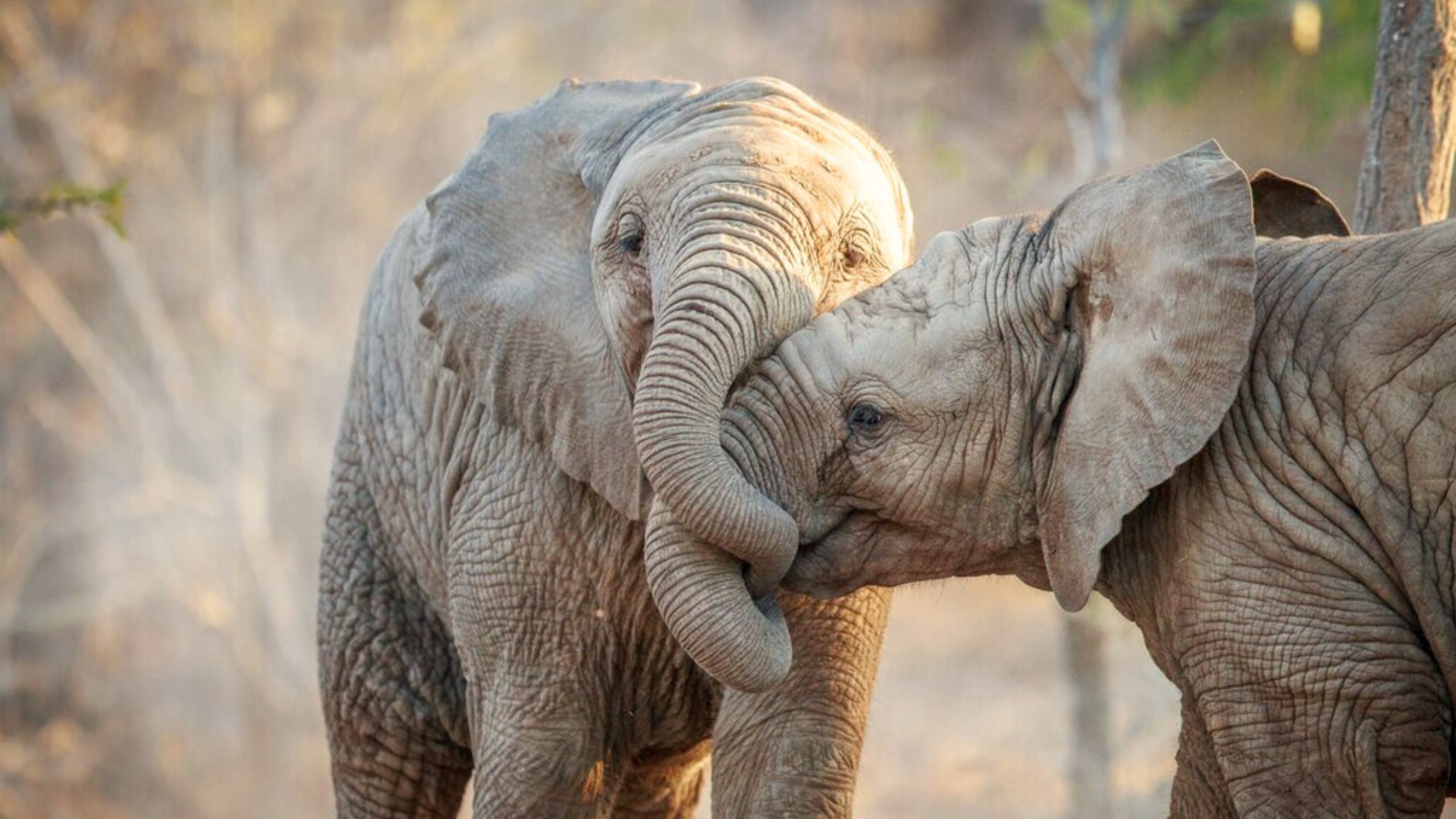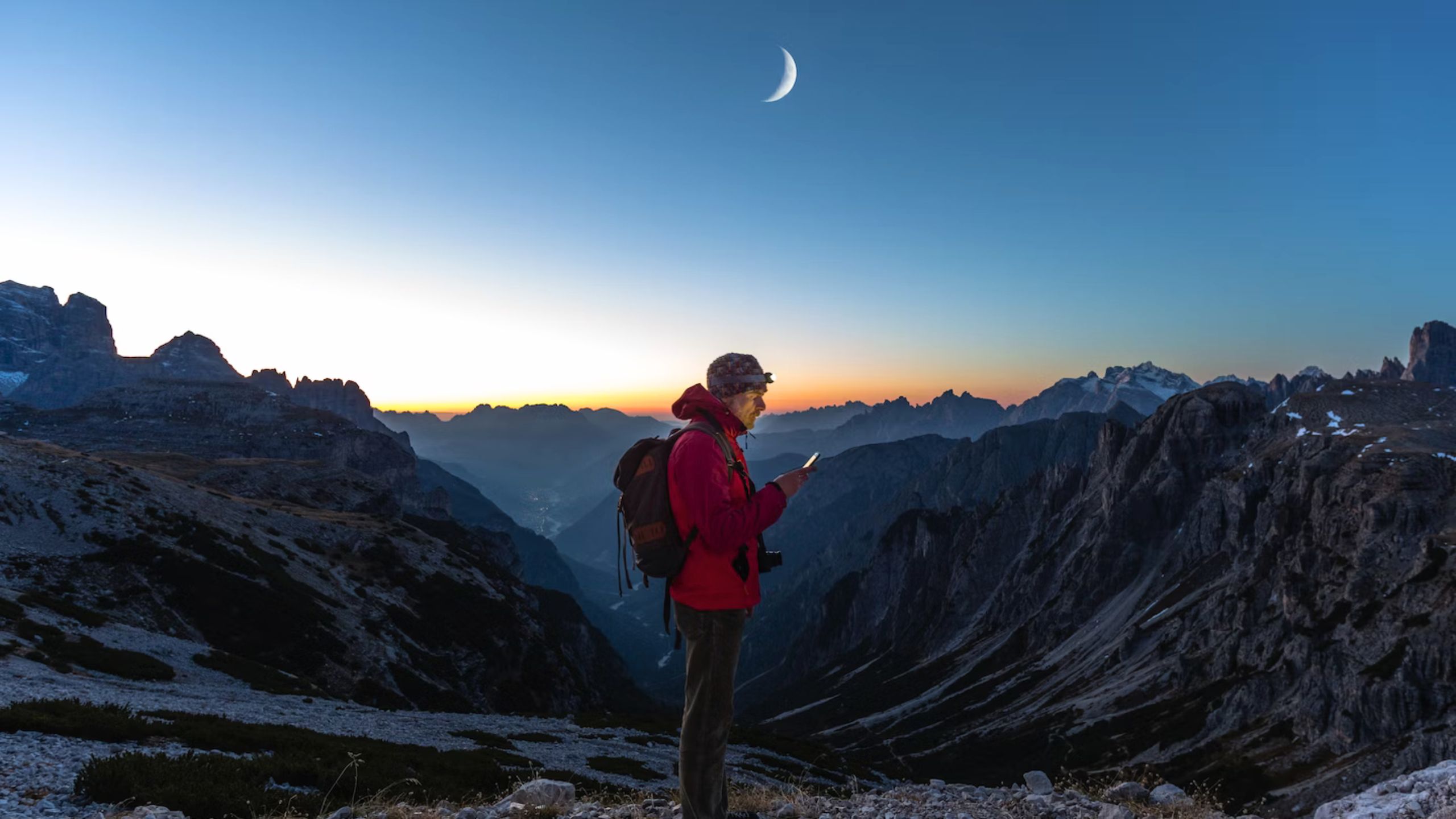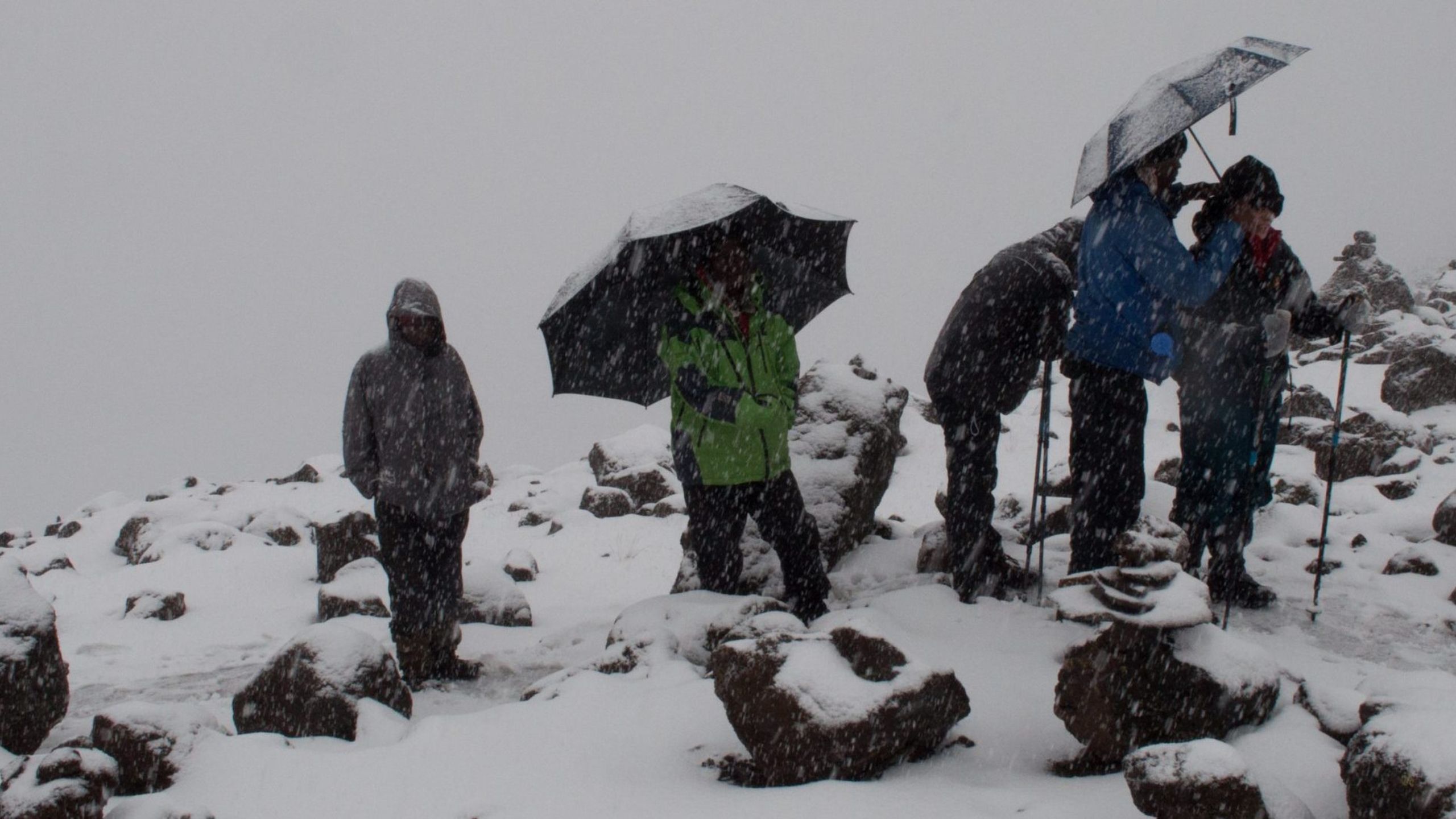“Rooftop of Africa“ typically refers to Mount Kilimanjaro, the highest peak on the African continent. Standing tall at 5,895 meters (19,341 feet), Kilimanjaro is a majestic mountain located in northeastern Tanzania. It has captured the imagination of adventurers, nature enthusiasts, and mountaineers from around the world.
In this extensive article, we will delve into various aspects of Mount Kilimanjaro, including its geography, history, climbing routes, flora and fauna, cultural significance, and the challenges and rewards of reaching its summit. So, buckle up and embark on a journey to explore the Rooftop of Africa.
Geography of Mount Kilimanjaro:
Mount Kilimanjaro is a dormant stratovolcano that comprises three volcanic cones: Kibo, Mawenzi, and Shira. Kibo is the highest and is capped by a snow-capped summit known as Uhuru Peak. The mountain is part of the larger Kilimanjaro National Park, which spans an area of approximately 1,688 square kilometers (652 square miles).
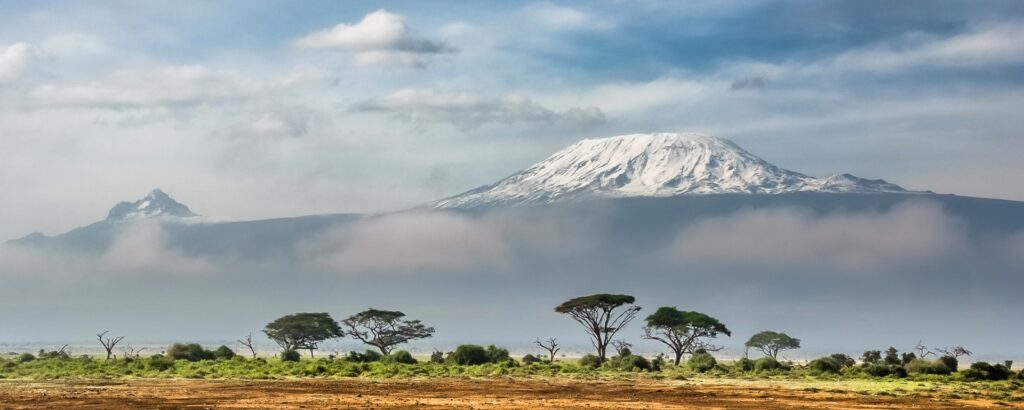
The location of Kilimanjaro near the equator allows for unique ecological zones to exist within its boundaries. The mountain boasts five distinct climate zones, each characterized by varying temperatures, precipitation levels, and vegetation. These zones are the cultivated lower slopes, the montane forest, the heath and moorland, the alpine desert, and the arctic summit.
History and Cultural Significance:
Mount Kilimanjaro holds a significant place in the history and culture of the indigenous Chagga people, who have lived in the region for centuries. The Chagga consider the mountain to be a sacred place, and they have developed a deep spiritual connection with it. They refer to Kilimanjaro as “Kilema Kyaro,” which means “Mountain of Caravans.”
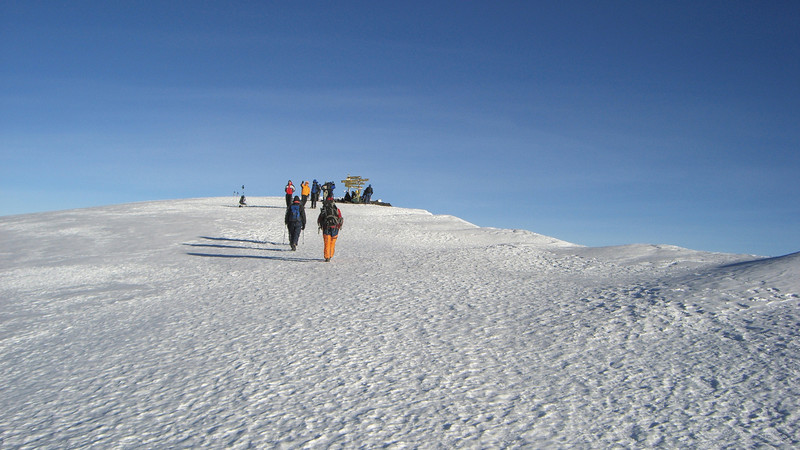
The first recorded ascent of Kilimanjaro was made in 1889 by German geologist Hans Meyer and Austrian mountaineer Ludwig Purtscheller. Since then, thousands of climbers have attempted to conquer its summit, making it one of the most popular mountains in the world for trekking and mountaineering.
Climbing Routes:
There are several established routes to climb Mount Kilimanjaro, each offering unique experiences and challenges. The most popular routes include the Marangu Route, Machame Route, Lemosho Route, Rongai Route, and the Northern Circuit. These routes vary in terms of duration, difficulty, and scenic beauty, allowing climbers to choose the one that best suits their preferences and abilities.

Marangu Route, often referred to as the “Coca-Cola Route,” is the oldest and most well-established route. It is also the only route that offers basic huts for accommodation instead of camping. Machame Route, known as the “Whiskey Route,” is renowned for its diverse landscapes and higher success rates. Lemosho Route and the Northern Circuit are longer routes that provide excellent acclimatization opportunities and traverse some of the most picturesque sections of the mountain.
Flora and Fauna:
Mount Kilimanjaro is home to a rich variety of flora and fauna, thanks to its varying climate zones. The lower slopes of the mountain are covered in lush rainforests, featuring tall trees, ferns, and a myriad of plant species. As climbers ascend, the landscape transitions into heath and moorland, characterized by shrubs, grasses, and unique plant species like the giant groundsel and lobelia.
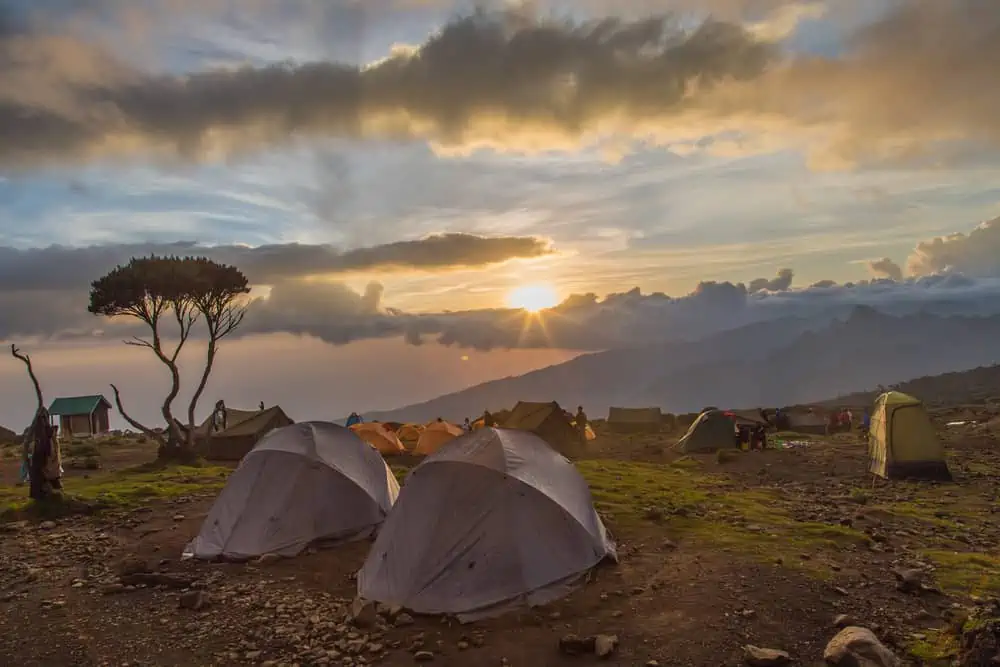
Above the tree line, an alpine desert dominates the landscape, where only hardy plants and lichens can survive. Despite the harsh conditions, Kilimanjaro is known for its endemic plant life, including the striking Kilimanjaro flower (Impatiens kilimanjari). This unique flora provides a colorful and picturesque setting for climbers as they make their way towards the summit.
In terms of wildlife, Kilimanjaro is home to a variety of animal species, although they are not as abundant as the flora. The lower slopes house mammals such as elephants, buffalos, leopards, and various species of monkeys. However, as climbers ascend higher, the wildlife becomes less prevalent due to the challenging environment. Occasionally, climbers may spot signs of wildlife, such as tracks or droppings, adding to the sense of adventure and wilderness.
Challenges and Rewards of Summiting:
Reaching the summit of Kilimanjaro is a formidable challenge that requires physical endurance, mental determination, and careful acclimatization. The altitude, extreme temperatures, and potential for altitude sickness make the climb physically demanding. Climbers must be prepared for long and strenuous treks, often lasting several days, as they ascend through the various climate zones.
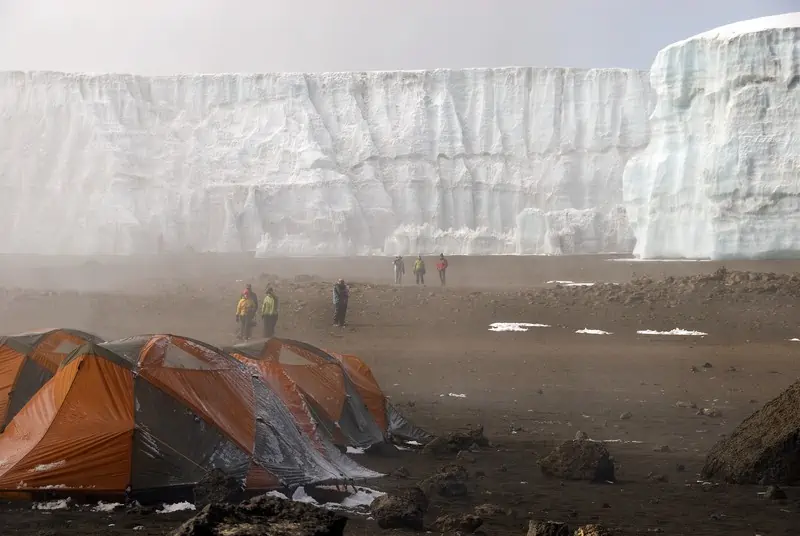
Altitude sickness, particularly acute mountain sickness (AMS), is a significant concern when climbing Kilimanjaro. The symptoms can range from mild headaches and fatigue to more severe conditions like pulmonary or cerebral edema. Adequate acclimatization, proper hydration, and a slow ascent are essential to mitigate the risks of altitude-related illnesses.
However, the rewards of summiting Kilimanjaro are immeasurable. Standing on the “Rooftop of Africa” and gazing at the breathtaking views from the summit is a truly awe-inspiring experience. The sense of accomplishment and the stunning panoramic vistas of the surrounding plains, glaciers, and peaks make the arduous journey worthwhile.
Preservation and Sustainable Tourism:
With the growing popularity of climbing Kilimanjaro, ensuring the preservation of its delicate ecosystem and promoting sustainable tourism practices have become paramount. The Tanzanian government and various organizations have implemented measures to minimize the environmental impact of climbers.
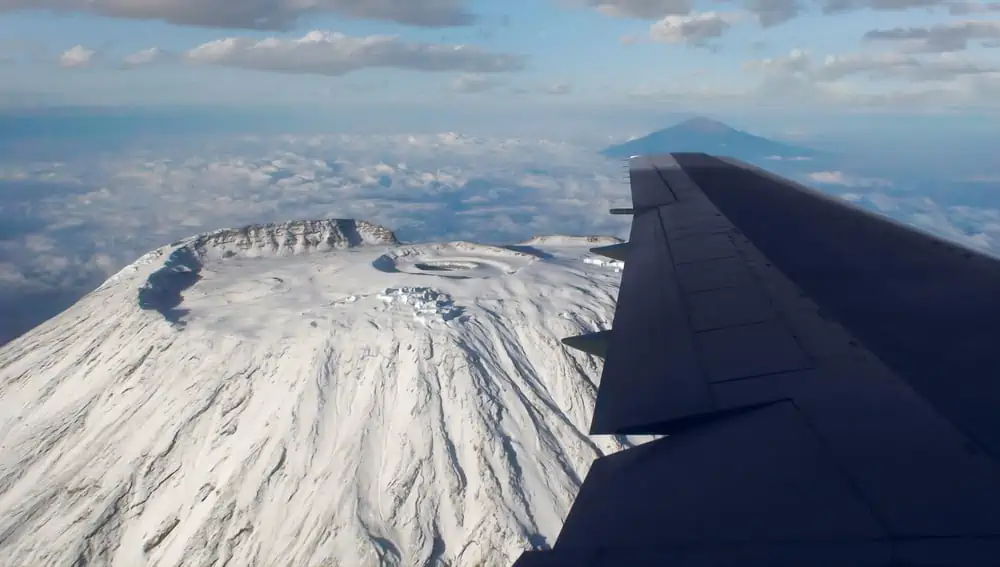
Kilimanjaro National Park regulations require climbers to be accompanied by licensed guides and porters. This not only supports the local economy but also ensures responsible trekking practices and the safety of climbers. The park authorities also enforce strict waste management policies, promoting the “Leave No Trace” principle to minimize litter and preserve the pristine beauty of the mountain.
Furthermore, efforts are being made to address the effects of climate change on Mount Kilimanjaro. The iconic glaciers that once adorned the summit have been rapidly receding over the past century due to rising temperatures. Scientists and environmentalists are studying the mountain’s ecosystems and advocating for sustainable practices to mitigate the impacts of climate change.


